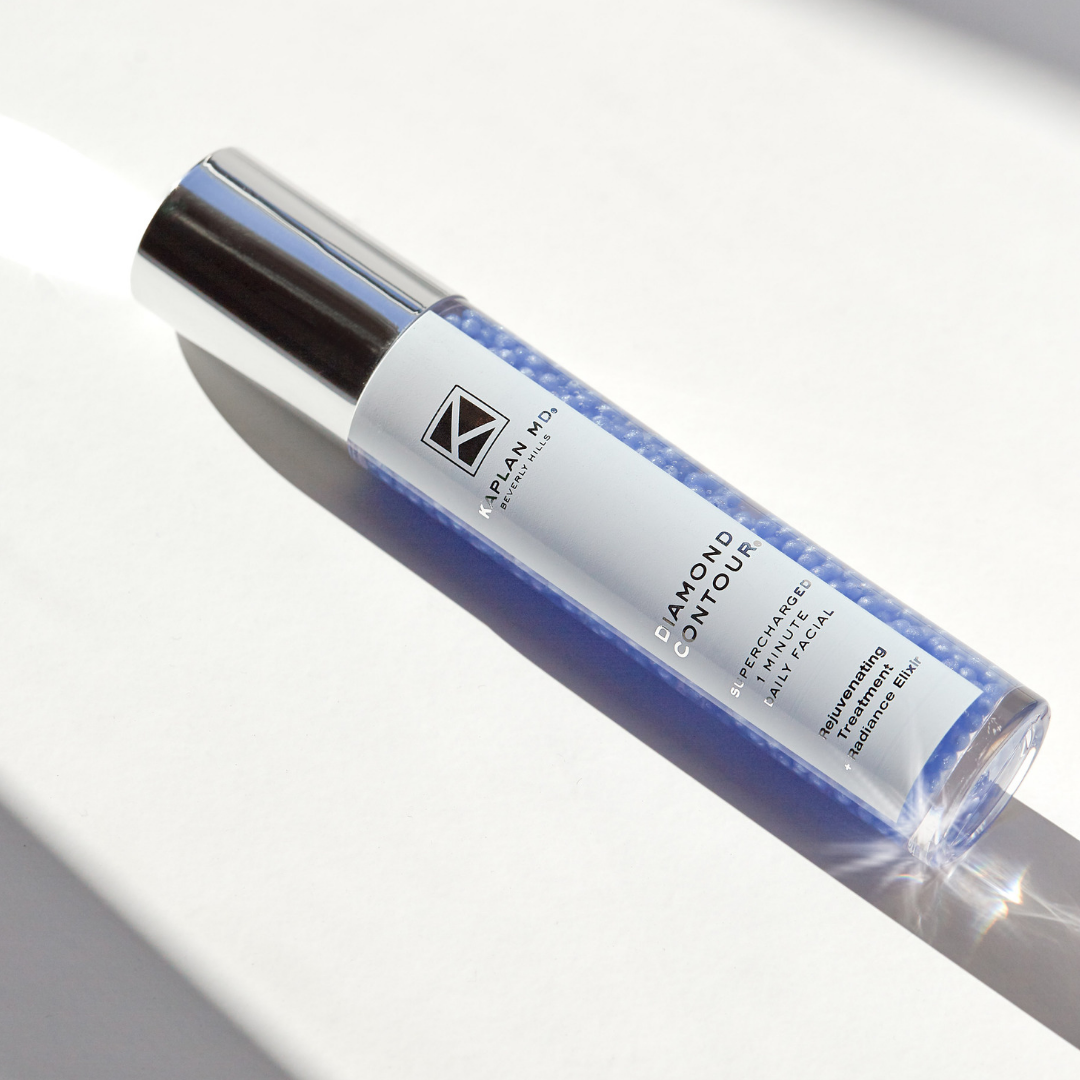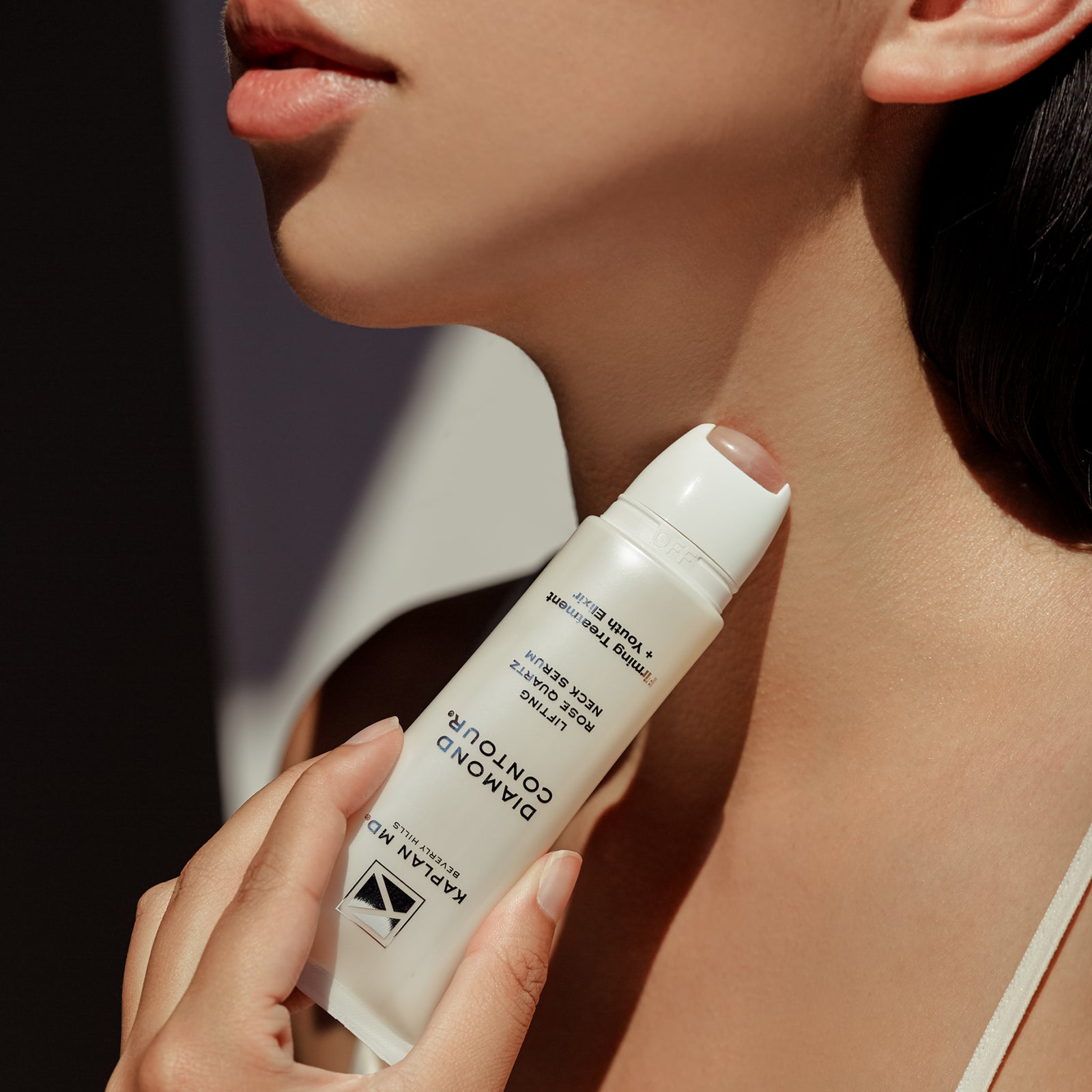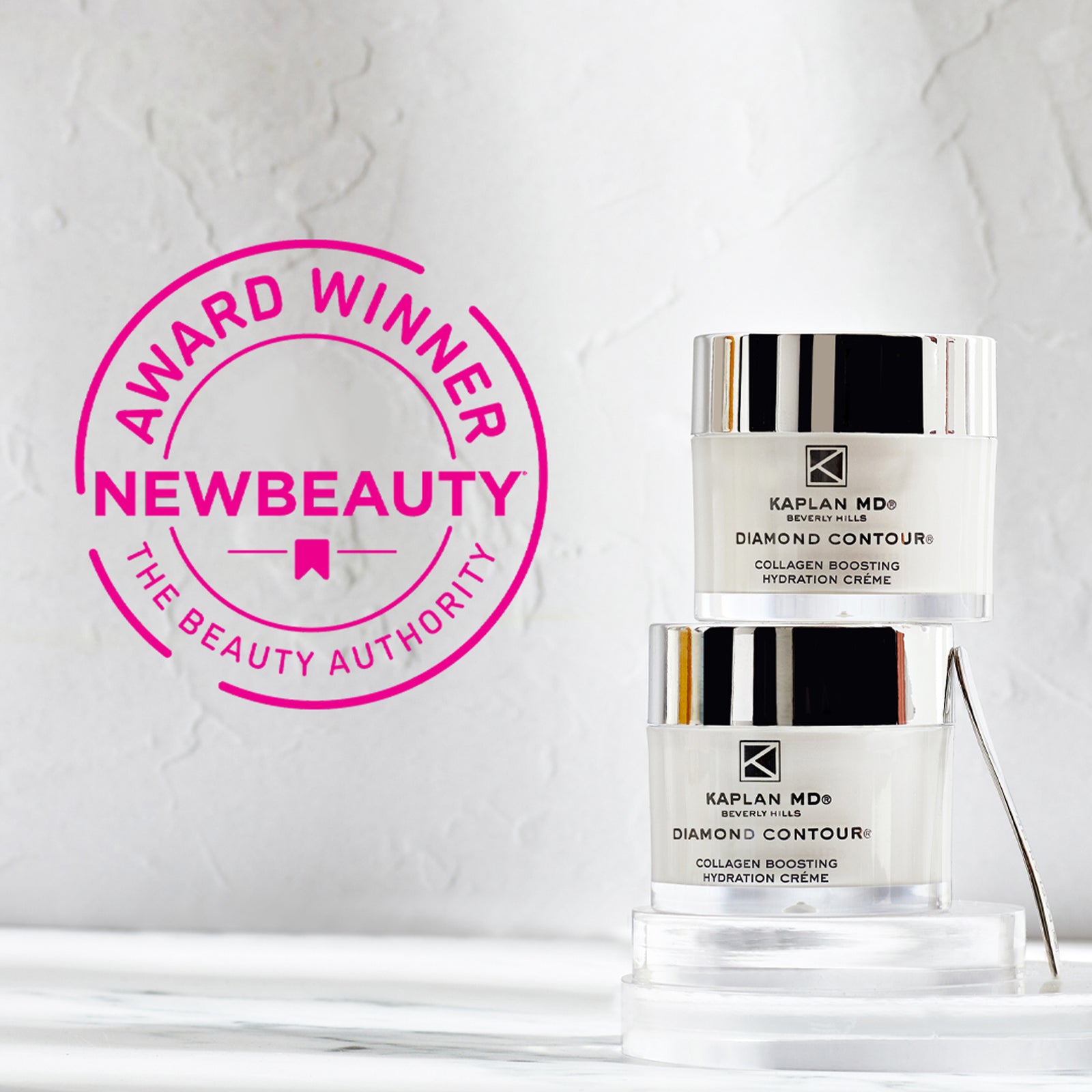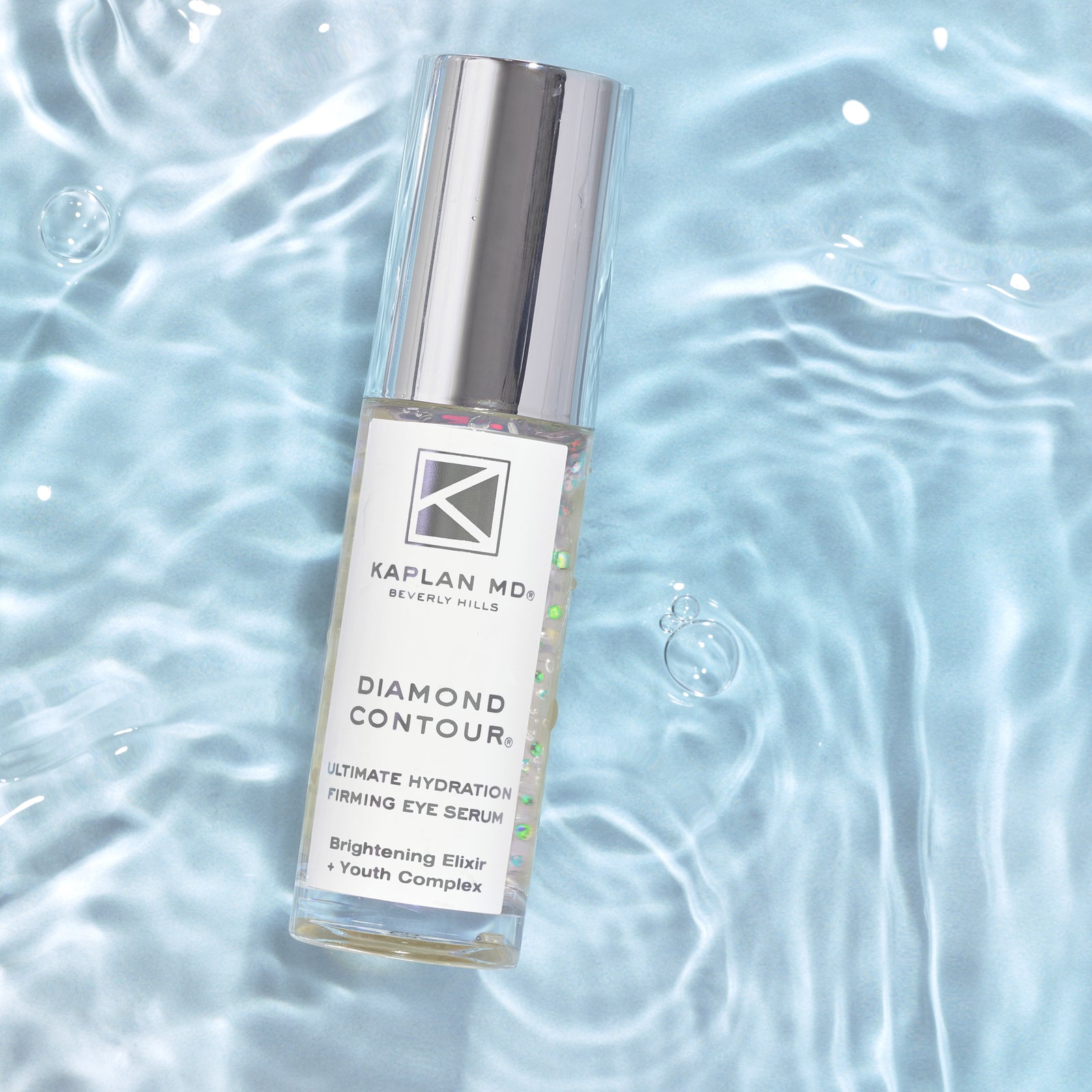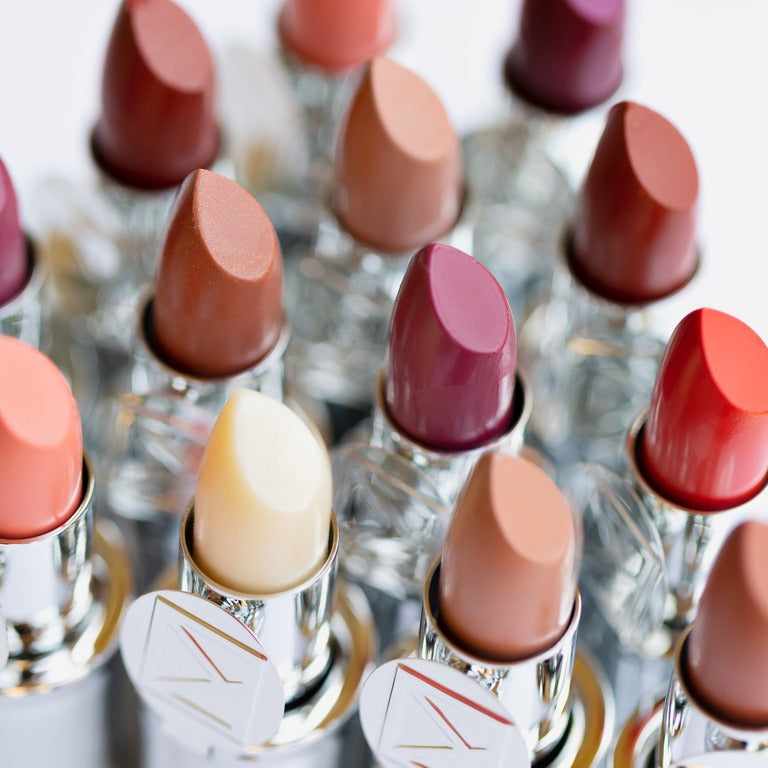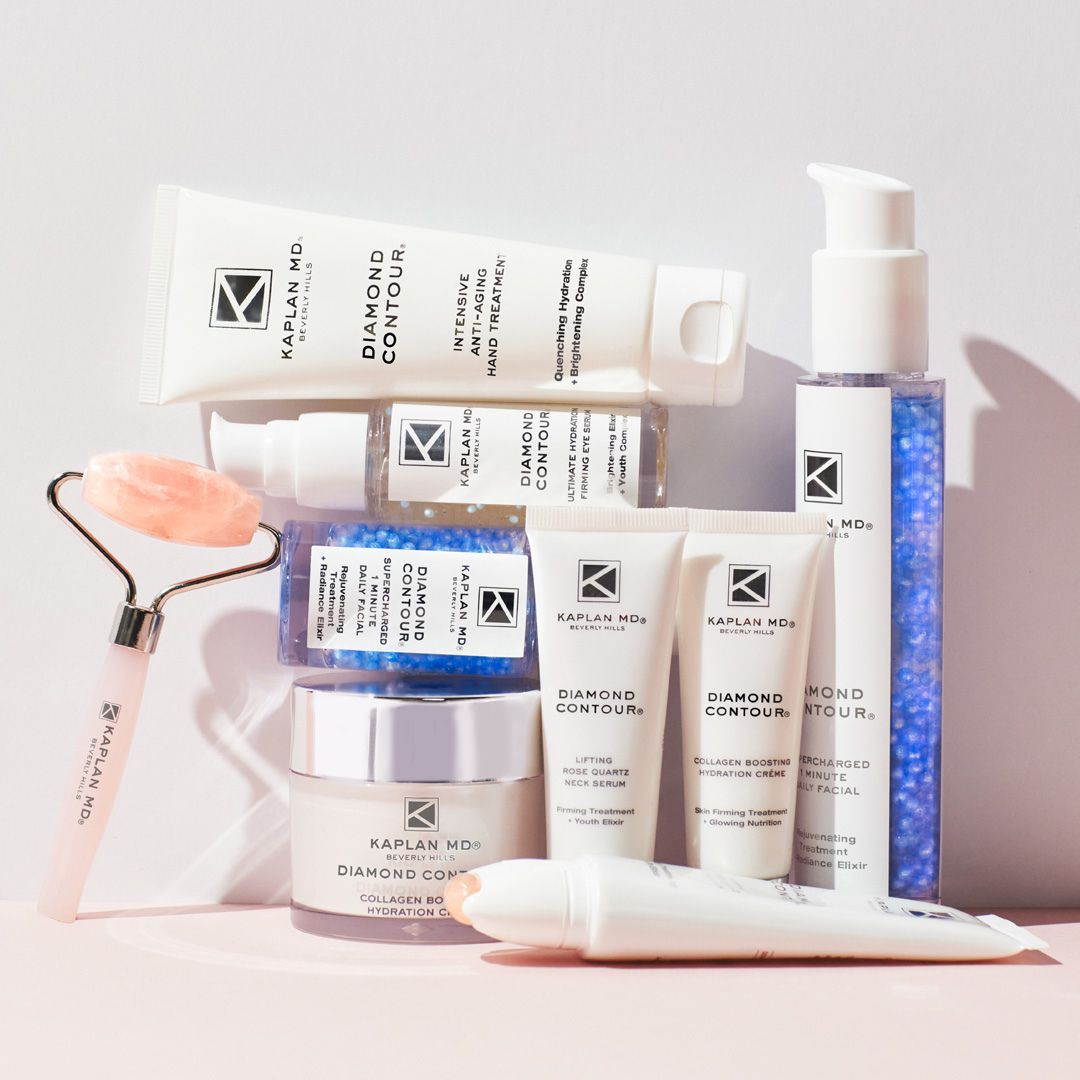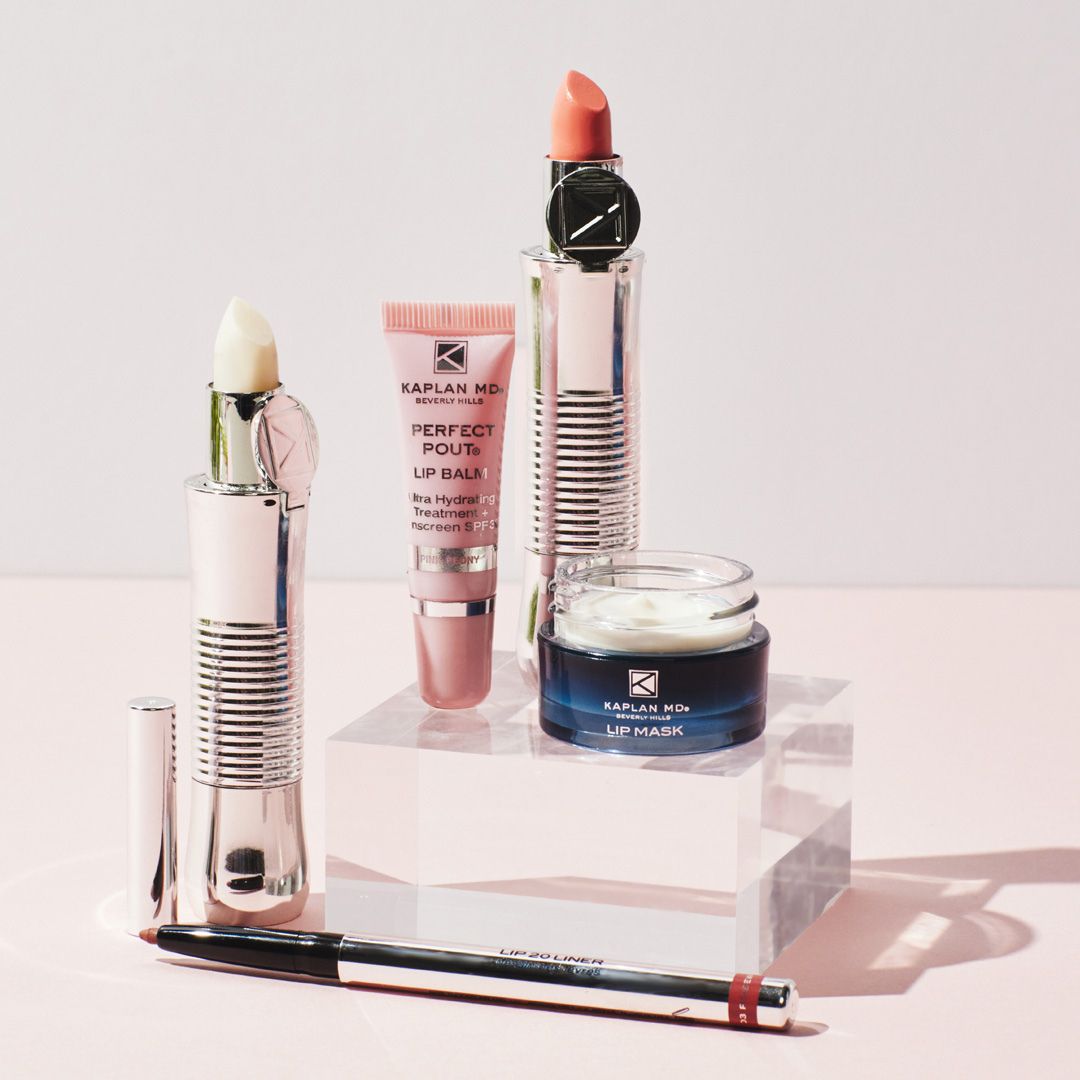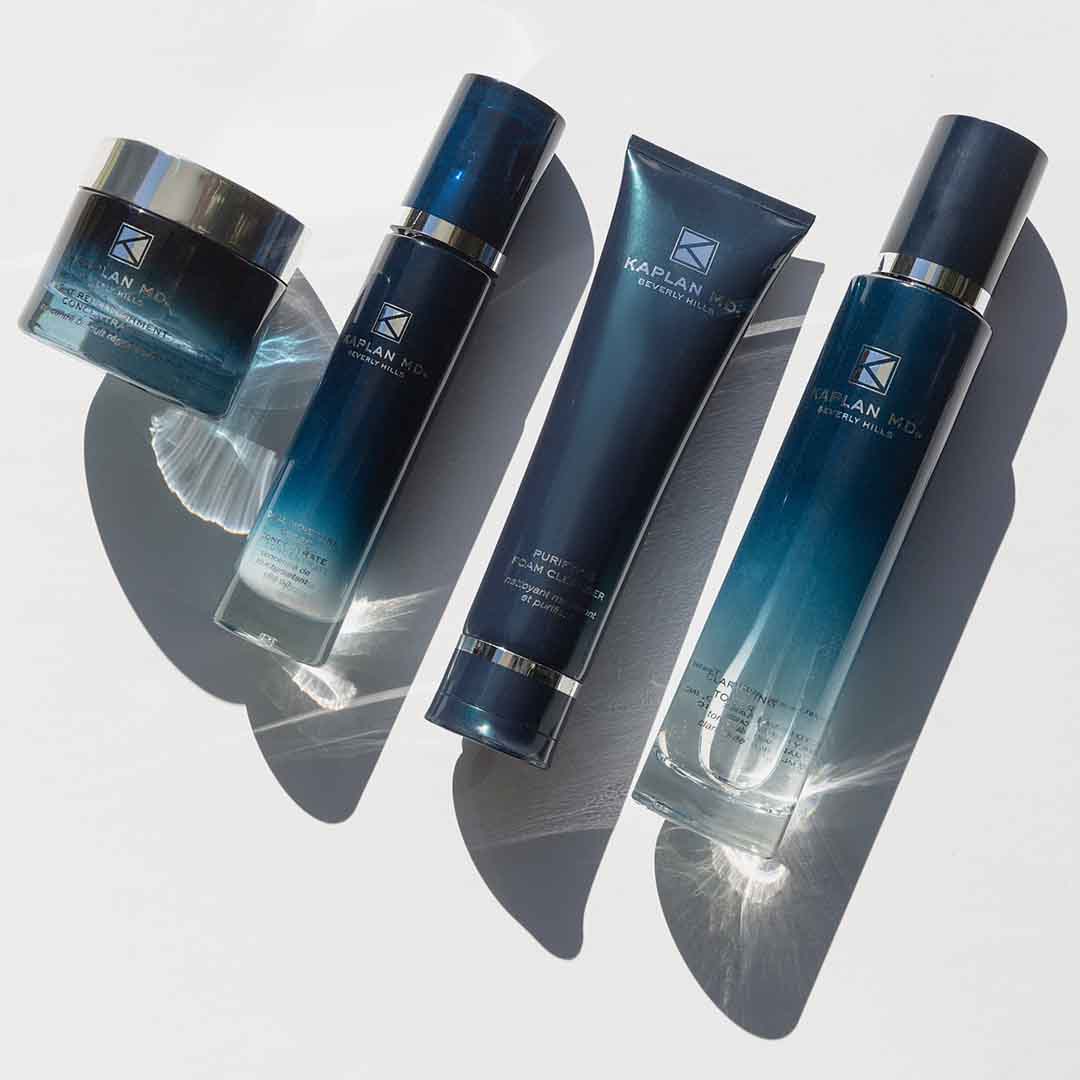Dr. Kaplan – Tinea Versicolor
TINEA VERSICOLOR
We all have yeast living on the surface of our skin. When it is hot and humid, yeast tend to grow more quickly. An overgrowth of yeast can cause tinea versicolor, a common skin condition. TV may also be referred to as a common fungal infection because yeast is a type of fungus. It is not contagious.
WHAT DOES TV LOOK LIKE
- The first sign is usually small spots on the skin, which are generally lighter than the surrounding skin. Sometimes it can be darker. The spots may be tan to pink or very faint.
- Some spots are scaly, and can itch.
- Spots form on oily areas of the body, such as the chest, back, shoulders, and upper arms. It can sometimes appear on face and neck.
- The fungus prevents the skin from tanning, so pale spots become more noticeable as the skin tans. This is especially noticeable on dark skin.
- As the yeast grows, the spots can combine and form patches of lighter or darker skin.
WHO GETS TV?
- Light-skinned and dark-skinned people
- People with oily skin, especially in teens and young adults
- Children and older adults rarely get TV, unless they are living in tropical climate
- People living in a tropical area can have TV year round. Those living in non-tropical areas usually see TV disappear during the cooler, drier months.
HOW IS IT DIAGNOSED
A dermatologist can diagnose TV by examining the skin. He may scrape a bit of scale from the affected skin and look under a microscope to confirm it is a TV.Another way to confirm the condition is to use a special device called a Wood’s lamp. The doctor will hold the lamp about 4-5 inches from the affected skin. A TV skin will appear yellowish green in color.
HOW IS TV TREATED
Factors considering treatment for TV include the location of the infection, the severity, the weather, and the patient’s wishes. Treatments may include:
TOPICAL MEDICATIONS
Medicated shampoos, soaps, creams, and lotions are frequently used to treat TV. The active ingredient in these medications is usually selenium sulfide, ketoconazole, or pyrithione zinc. They help to keep the yeast under control.
MEDICATED CLEANSERS
TV can return when it is warm and humid outdoors. Using a medicated cleanser once or twice a month especially during these weather conditions can help.
ORAL MEDICATIONS
If the infection is severe, covers a large area of the body, or frequently returns, you may be prescribed anti-fungal pills. It can come with several side effects and interactions, so you need doctor’s close supervision.
Although the yeast is easy to kill, it can take weeks or months for the skin to return to its normal color. Just because the skin is lighter does not mean the infection is still there. The skin just needs some incidental sun exposure to stimulate pigment production in the skin. Protecting the skin from the sun and not tanning will help the skin tone even out more quickly and safely.
If you live in warm and humid area, the dermatologist can give you more tips to help prevent TV from returning.
All content solely developed by the American Academy of Dermatology.

